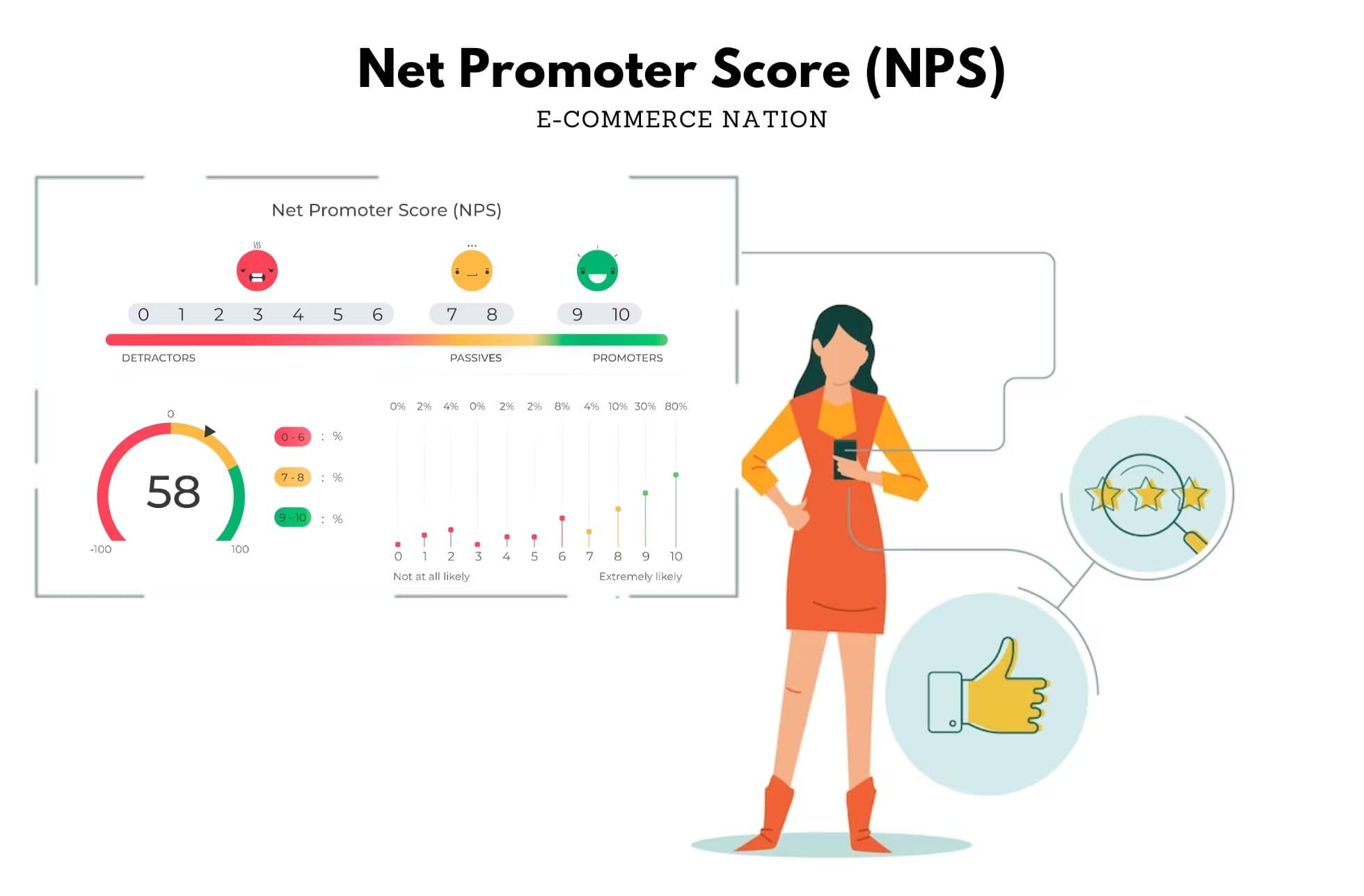What are your predictions on 3 top challenges that will have the biggest impact on the Merchant Payment Ecosystem in 2019?
Top 3 challenges? Cyber security, regtech and global regulations. Our world is becoming more and more digital. This is both exciting and terrifying, because this means that cyber-attacks will be even more prevalent and sophisticated. That’s why passwords are not enough, we need better, more complex security measures that will ensure our safety without making our lives harder in the process.
Regulatory technology is something that I am sure will be the next big thing of 2019. Banks are already collaborating with fintech startups for mutual benefits — reducing operating costs, numerous innovations and so on. New laws have been passed , to give an example in Europe and Singapore, and such bank-startup partnerships make it easier for institutions and financial companies to adjust their solutions to these regulations.
it is worth to add one thing to this list, mobile wallets. They’re receiving new features, meaning users can do more and more with their money — not just store, but also trade, lend or exchange not only fiat currencies but also crypto. Will this change our attitude towards credit and debit cards completely? Perhaps, but not this year. Nevertheless more disruptive future in payments is coming faster than ever before.
Can you give us a view of what you are working on? What news would you like to launch in 2019?
We have recently switched from the “digital products only” marketplace to the platform allowing to sell and buy physical items as well, mostly electronics. Thanks to that we’re open to many new merchants, and can offer better options for our partners. Sellers on our marketplace are now able to integrate via API and super efficiently sell their products through our platform. Also API is possible when selling marketplace products on sites external sellers. Both solutions give revenue for our partners, without any investment on their part. We also implement tons of new features for our customers, both on web and mobile. These changes are why 2019 is very important year for G2A, and very beneficial for our clients. you will see us working hard to make these features outstanding.
Can you give us an update on what you’re currently working on in the area of merchant payments?
We’re working on our AI solution to make G2A Marketplace super secure. It is an exciting, but also challenging project — for example, how do we ensure maximum security and give even better customer experience? I’m sure our intensive work will pay off.
We’re also improving our payment system to make shopping even more convenient, for example by implementing 1-click payments.
Do you think that new commerce and technology trends IoT, AR, Machine learning, voice/conversational search, connected households, cars, etc. will affect customer shopping in 2019?
A lot has changed over the years and I believe that machine learning is indeed crucial technology of not just e-commerce, but the whole digital world. Retailers can use AI and machine learning to better cater to their customers’ needs, make their shopping experience more personal and issue-free. Improved search results will result in increased sales. Basically – to much more efficiently process data and create useful algorythms.
One trend I can see booming in 2019 is the Internet of things. More and more devices are interconnected, thanks to which brands will gain access to incredible amounts of data. 40 zettabytes by 2020! If it’s hard to visualize this, let’s use Shruti Jain’s example. If each terabyte in a zettabyte was a kilometer, then this would be equivalent of 1,300 round trips to the moon and back. With 40 zettabytes, this would mean 52,000 of such trips. Now that’s what you call big data! This will give companies an amazing insight into their customers’ habits for sure.
Voice-activated apps like Amazon Echo and Google Home are also becoming more and more popular. Alexa paved the way here and the trend will surely continue. On the contrary – development and adoption of VR and AR is going slower than expected.
How Open APIs are changing Merchant Payments and Services in Europe?
There are many benefits of these: more competition on the market which is good for end users, the rise of institutions known as TPPs (Third Party Providers) to make transactions and managing your finances much more convenient, not to mention numerous new payment methods. Also many challenges and problems for banks.
How to get ready for Strong Customer Authentication (SCA)?
For starters, merchants need to educate customers that two-factor authentication is for their safety, it’s not a whim. So, what is Strong Customer Authentication? This regulation requires merchants to use at least two authentication factors during the transaction. These include something the customer knows — their password or PIN, something they have — a credit card, for example — and something they are physically, which means fingerprints or other biometrics. All this is of course to reduce fraud and while it sounds complicated, in reality all you need is to enable 3DS2.0 to fulfill PSD2’s SCA requirements. And the good news is that the new system actually makes transactions much faster and more convenient. This in turn leads to lower cart abandonment rates, meaning that both merchants and customers benefit from this upgrade. And it’s a rather simple step to take.
The new PSD II directive includes new safety requirements such as SCA & RBA. It also led to the development of an enhanced security protocol known as 3-D Secure 2.0. Could you please explain the key differences in PSD2 and new the 3-D Sec protocol?
PSD2 is a major overhaul of payment industry regulations in EU. Its aim is simple: increasing competition on the market, introducing new types of services and ensuring that customers are well-protected thanks to Strong Consumer Authentication and Risk-based Authentication. These terms sound like a complicated matter, but 3D Secure 2.0 has been designed to implement these in a straightforward, simple way across different platforms. The upgrade is to both enhance security and make it more convenient for customers to pay for products. The previous version led to far too many shopping carts abandoned by frustrated users, the new iteration aims to change that completely.
3DS 1.0 and 3DS 2.0 will continue to coexist for some time. What are the challenges for merchants in order to be complaint with PSDII, and supporting both protocols?
I wouldn’t say these are challenges, but rather new possibilities. 3DS 2.0 means more secure online purchases, as well as less fraud and false declines. It supports mobile wallets, does away with static passwords and makes it easier to recognize low and high-risk purchases. Merchants and their customers will surely benefit from this. Also, both 3DS and 3DS 2.0 are optional — you can use them, but PSD2 does not require you to do so.
Could you outline key trends that will define security and authentication in 2019?
Let’s get back to 2018 first. This has been an incredible year for the tech industry. Blockchain, AI and neural networks certainly captivated the collective imagination. In my opinion, 2019 will be a really good, innovative year for predictive cyber protection, all thanks to AI-based fraud prevention systems. Knowing how to spot fraud is vital for financial service providers. Real-time data gathering and analysis will greatly boost their anti-fraud capabilities. I’m pretty sure that predictive cyber protection is bound to become a standard, not an exception.
Another major trend is Bring Your Own Device. Employees want to use their own laptops and phones at work, and this is understandable— they’re much more comfortable to use and often more cutting edge than company equipment. This poses a real security challenge, of course, and BYOD policies will have to address it. There are many possible solutions, such as tight verification systems or smarter and more secure networks, but one thing’s for certain — BYOD is on the rise and IT security will have to keep up with it.
How acquirers are adapting to the mobile threat and becoming more agile and technology focused?
Trends come and go, but one of them is here to stay and that’s the transition to mobile and integrated POS devices. Traditional acquirers and terminal makers are aware that standard off-the-shelf card readers can no longer satisfy business owners. They too are going with the flow. Groupon, for example, chose to rely on their internal sales department to sell their Breadcrumb POS devices instead of partnering with an independent sales organization. The reason behind this is simple: since more merchants prefer mobile devices, fewer of them need to work with an ISO (Independent Sales Organization)
NEXTGEN POS trends: How do you see the shift to mobile and integrated point of sale devices in Europe and beyond?
We’ve seen cash registers evolve into complex POS systems, equipped with touchpads, card readers, shared terminals and so on. Great example are all NYC airports, most restaurants there can use these not just to register transactions, but also sell gift cards, manage seats in the building or even track staff members’ worktimes. This is just one of numerous examples.
What customers want nowadays is to pay just with their smartphones. They use them to browse products, book tickets and so on. This means that merchants are expected to meet them using the very same technology. This is why banking, wallets, even retail shopping are becoming increasingly digital. It’s a powerful trend in Europe and all over the world. It is pretty clear that mobile commerce is a logical next step for e-commerce in general.
What important are value-added services beyond payments in mPOS adoption and what are the opportunities for payment providers?
Gift cards, coupons and loyalty programs are all great incentives for the customer, but all this might just be too much of a good thing. Managing all these bonuses can be a real hassle! But this is where retailers can simplify things. They can combine all these value-added services into a single, secure platform. Customers can then connect this platform to their digital wallet and pay for products easily using a mix of their funds and loyalty points they gathered. This feels much more convenient than entering various codes during the checkout, which takes time and can be really annoying.
[button link=”httpss://www.merchantpaymentsecosystem.com/about-mpe?utm_source=ECommerce_Nation&utm_medium=Article&utm_campaign=ECN#mpe-event-overview” type=”big” color=”white” newwindow=”yes”] Register Now for Merchant Payment Ecosystem[/button]





